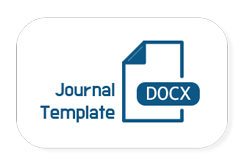Evaluating the Application of the New Assessment in Evaluating Primary School Female Students from the Point of View of Female Science Teachers in Saudi Arabia
Keywords:
Abstract
This study aimed to identify the pros and cons of applying the new assessment regulation in evaluating primary school female students according to female science teachers in Riyadh and identify the effects of the years of experience and specialization variables. The study followed the descriptive-analytical approach; using a questionnaire on a sample of (298) female science teachers of primary school in Riyadh. The study showed the following: A) The arithmetic mean of all first axis paragraphs was (4.02) and the relative average was 80.37%, which indicated that the application of the new assessment regulation was positive according to the science teachers. B) The arithmetic mean of all second axis paragraphs was (3.71) and the relative average was 74.27%, which indicated that there were negative aspects in the application process according to the science teachers. C) There are no statistically significant differences at (α≤0.05) between the responses of the study sample to the questionnaire according to the variables of years of experience and specialization. D) There are no statistically significant differences at the level of (α≤0.05) between the responses of the study sample to the questionnaire according to the variables of gender and academic qualification. E) The most positive factors in the process of implementing the new rule in evaluating primary school students were in the paragraph (Contributes in improving the educational process outcomes) with 83.2%, followed by the paragraph (Contributes in increasing female students' interest in homework) with 78.3%. F) Also, the most negative factors were in the paragraph (No clear objectives of the new assessment regulation for the female teacher) with 67.9% followed by the paragraph (The lack of awareness in the official media channels regarding the objectives of the new assessment regulation and their usefulness) with 65.4%.












